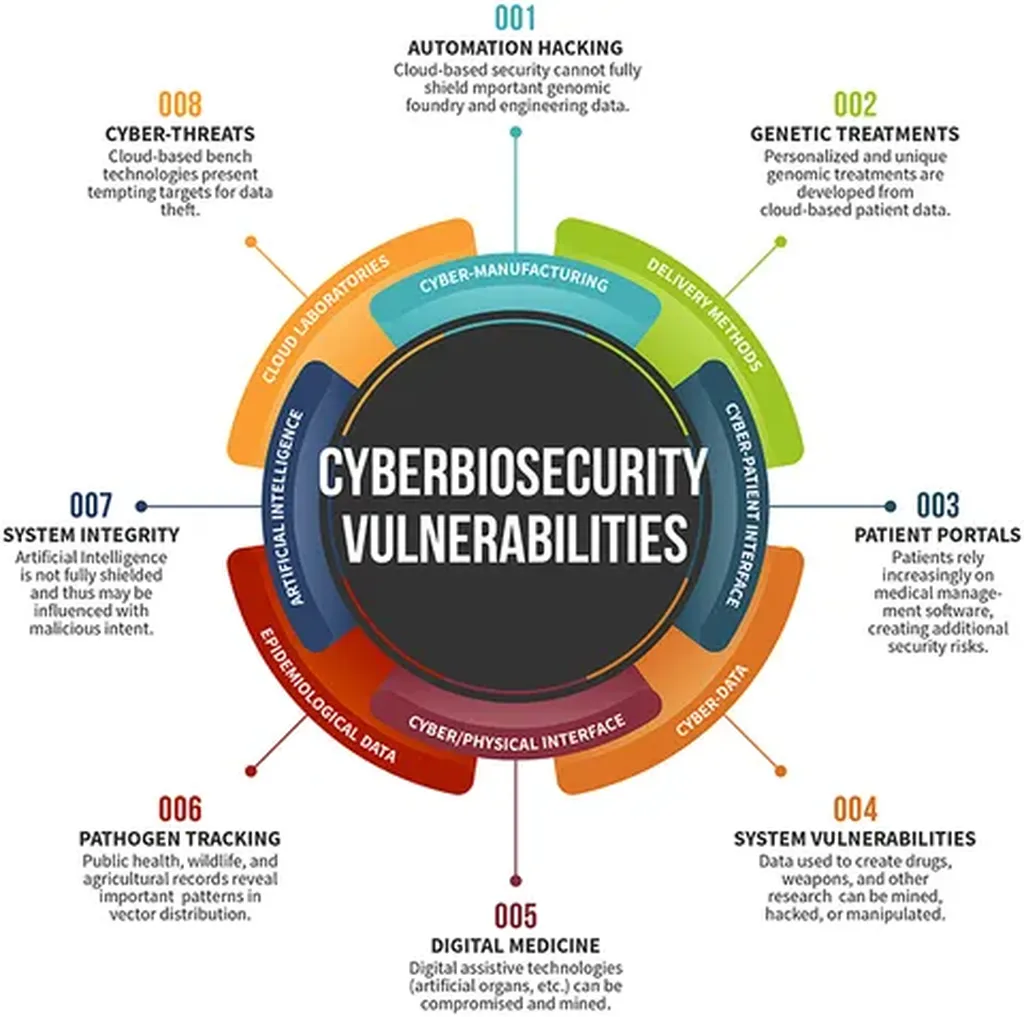Researchers Andrei Costin, Hannu Turtiainen, Syed Khandker, and Timo Hämäläinen have embarked on a groundbreaking initiative to address the growing cybersecurity challenges in the Satellite, Aerospace, Avionics, Maritime, and Drone (SAAMD) sectors. Their work, centered around the development of a “Unified Cybersecurity Testing Lab,” aims to provide a systematic, affordable, and highly flexible framework for testing and improving the cybersecurity of critical communication and control systems.
The researchers highlight the increasing vulnerability of aviation, maritime, and aerospace technologies to cyber threats. The advent of software-defined radios has democratized the ability to launch sophisticated wireless attacks, making previously secure communication links accessible to unskilled or low-budget attackers. This shift has underscored the importance of robust cybersecurity measures, not only in military contexts but also in civilian operations. The ongoing conflict in Ukraine has further emphasized the strategic significance of cybersecurity in these domains, affecting both military and civilian missions.
Traditionally, the study of attacks and countermeasures in these sectors has been conducted in simulated environments, which often lack realism and reproducibility. Customized practical setups, while more realistic, come with high costs and significant overheads. To bridge this gap, the researchers propose the “Unified Cybersecurity Testing Lab,” a versatile and extensible laboratory setup designed to provide a more realistic and systematic approach to cybersecurity testing.
The lab has already demonstrated its efficacy through peer-reviewed research, successfully attacking and analyzing various critical systems such as ADS-B, AIS, ACARS, EFB, EPIRB, and COSPAS-SARSAT. These systems are integral to air traffic control, radar, communication, and software technologies. The researchers are currently expanding the lab’s capabilities to include additional technologies like CCSDS and FLARM, with plans for future extensions both independently and in collaboration with other researchers and industry partners.
The “Unified Cybersecurity Testing Lab” is open for use, experimentation, and collaboration, inviting contributions from other researchers and interested parties. This collaborative approach aims to foster a more secure and resilient framework for SAAMD technologies, ensuring that both civilian and military operations can withstand the evolving landscape of cyber threats. By providing a flexible and extensible testing environment, the lab seeks to set a new standard for cybersecurity research and development in these critical sectors. Read the original research paper here.

